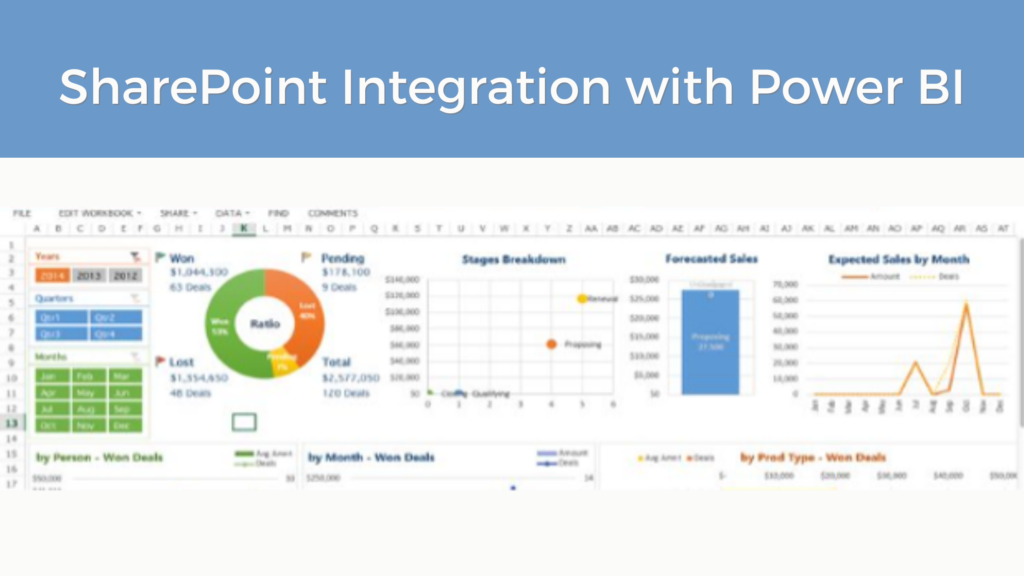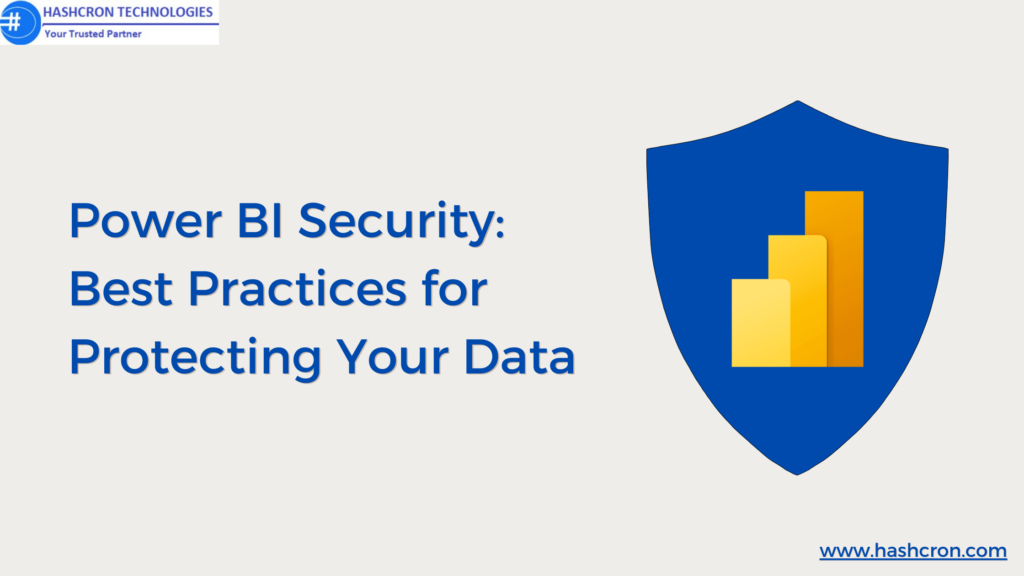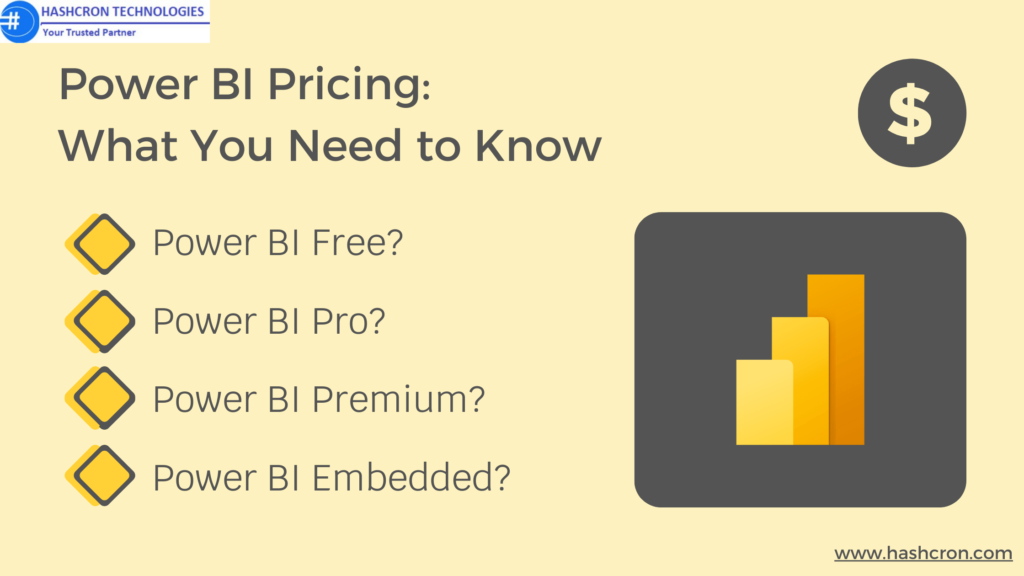SharePoint Integration with Power BI
 Introduction
Introduction
In today’s data-driven world, businesses are always looking for ways to streamline their operations and make informed decisions. One such powerful combination that can transform how organizations handle data and gain insights is SharePoint Integration with Power BI. By integrating SharePoint with Power BI, companies can enhance their data analysis, improve decision-making processes, and streamline business operations. This article will guide you through the process of SharePoint Integration with Power BI, highlighting its benefits, methods, best practices, and more.
What is SharePoint?
SharePoint is a robust platform developed by Microsoft that allows businesses to store, organize, share, and access information from any device. It offers features like document management, intranet portals, collaboration spaces, and much more. For businesses, SharePoint provides a centralized location for storing and managing documents, which enhances collaboration and productivity.
What is Power BI?
Power BI is a business analytics service by Microsoft that enables users to visualize and analyze data with incredible efficiency. It offers interactive reports and dashboards, making it easier for businesses to make data-driven decisions. Power BI’s ability to connect to various data sources and provide real-time insights is invaluable for any organization aiming to stay competitive.
Why Integrate SharePoint with Power BI?
Integrating SharePoint with Power BI brings several benefits:
- Enhanced Data Analysis: Combining SharePoint’s data management capabilities with Power BI’s analytical tools allows for deeper insights and more comprehensive data analysis.
- Improved Decision-Making: Access to real-time data visualizations aids in quicker and more informed decision-making processes.
- Streamlined Business Processes: The integration simplifies workflows and improves the efficiency of business operations.
Getting Started: SharePoint Integration with Power BI
Before you can integrate SharePoint with Power BI, there are a few prerequisites:
- A SharePoint site
- Power BI service account
- Permissions to access the data in SharePoint
Setting Up SharePoint
- Create or use an existing SharePoint site.
- Ensure that the necessary data is available in SharePoint lists or libraries.
Setting Up Power BI
- Sign in to Power BI with your organizational account.
- Ensure that you have the necessary licenses and permissions.
Methods: SharePoint Integration with Power BI
There are several methods to integrate SharePoint with Power BI:
- Using Power BI Web Part in SharePoint: This method involves adding a Power BI web part to a SharePoint page, allowing you to display Power BI reports directly within SharePoint.
- Embedding Power BI Reports in SharePoint Online: You can embed Power BI reports in SharePoint Online pages using the “Embed in SharePoint Online” option available in Power BI.
- Connecting SharePoint Lists to Power BI: Power BI allows you to connect directly to SharePoint lists and libraries, making it easy to create reports based on SharePoint data.
Step-by-Step Guide to SharePoint Integration with Power BI
Creating a Power BI Report from SharePoint Data
- Open Power BI Desktop.
- Click on “Get Data” and select “SharePoint Online List.”
- Enter the URL of your SharePoint site and choose which list you want to connect to.
- Transform and load the data as needed.
- Create your report using the data from the SharePoint list.
Placing a Power BI report on a SharePoint page
- Publish your Power BI report to the Power BI service.
- Open your SharePoint site and navigate to the page where you want to embed the report.
- Edit the page and add the Power BI web part.
- Paste the URL of your Power BI report into the web part settings.
- Save and publish the SharePoint page.
Best Practices for Integration
To ensure a smooth and effective integration, follow these best practices:
- Ensuring Data Security: Use secure connections and manage permissions carefully to protect sensitive data.
- Maintaining Data Accuracy: Regularly update and clean your data to ensure the reports are based on accurate information.
- Optimizing Performance: Use data optimization techniques to enhance the performance of your reports and dashboards.
Common Challenges and How to Overcome Them
Integrating SharePoint with Power BI can present some challenges:
- Data Compatibility Issues: Ensure that the data formats and types in SharePoint are compatible with Power BI.
- Performance Bottlenecks: Optimize your data models and queries to avoid performance issues.
- User Training and Adoption: Provide training and resources to help users understand and adopt the integrated system.
Use Cases: SharePoint Integration with Power BI
The integration of SharePoint and Power BI can be applied in various scenarios:
- Business Intelligence Dashboards: Create interactive dashboards that provide real-time insights into business performance.
- Project Management Reporting: Track and report on project progress using data from SharePoint.
- Employee Performance Tracking: Monitor and analyze employee performance metrics.
Advanced Integration Techniques
Those trying to take their integration to the next level might consider these advanced techniques:
- Using Power BI with SharePoint Workflows: Automate data collection and reporting processes using SharePoint workflows and Power BI.
- Automating Data Refreshes: Set up automatic data refreshes to ensure your reports always display the most up-to-date information.
- Customizing Power BI Reports with SharePoint Data: Tailor your Power BI reports to meet specific business needs using data from SharePoint.
Monitoring and Managing Integrated Systems
Proper monitoring and management are crucial for maintaining the integration:
- Monitoring Data Flow and Usage: Keep an eye on data usage and report performance to identify and address any issues.
- Managing User Permissions: Regularly review and update user permissions to ensure data security.
- Regular Maintenance and Updates: Perform regular maintenance and updates to keep the systems running smoothly.
Future Trends in SharePoint and Power BI Integration
As technology evolves, so does the integration of SharePoint and Power BI. Some upcoming trends to watch for are:
- AI and Machine Learning Applications: Leveraging AI and machine learning to gain deeper insights from data.
- Enhanced Collaboration Features: Improved tools and features for better team collaboration.
- Mobile Integration: Enhanced mobile capabilities for accessing and interacting with data on the go.
Conclusion
Integrating SharePoint with Power BI offers numerous benefits, from enhanced data analysis to improved decision-making and streamlined business processes. By following the steps and best practices outlined in this article, you can successfully integrate these powerful tools and transform how your organization handles data.
FAQs on SharePoint Integration with PowerBI:
The integration is secure as long as proper permissions and security measures are in place, such as using secure connections and managing user access carefully.
Yes, Power BI can integrate with SharePoint on-premises using the appropriate data gateways and configurations.
You need to have a valid license for both SharePoint and Power BI. The specific licensing requirements may vary based on your organization’s needs and usage.
Troubleshoot integration issues by checking data connections, ensuring compatibility between SharePoint and Power BI, and consulting Microsoft’s support resources.
Microsoft offers extensive documentation, forums, and support services for integrating SharePoint with Power BI.





Pingback: SharePoint Integration with Power Automate - Hashcron
Pingback: SharePoint and Office 365 Integration: An Overview - Hashcron